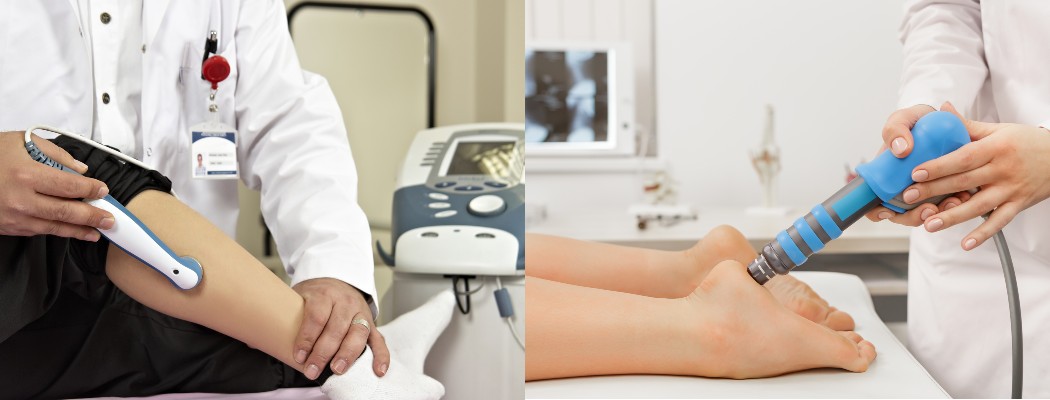Q: I developed an impingement syndrome of my shoulder slowly over time. I've had acupuncture and physiotherapy and also massages and still have pain all the time. Where do I go from here?
A: Pain can be a good thing. For one thing, it is protective. It is a normal response of the body when there is an injury. The body uses pain to protect itself while it is healing. But in time, the healing processes are completed and the pain goes away. That is the normal healing response.
But in cases like yours, a persistent pain response gets turned on in the central nervous system and it doesn't get turned off. The result is chronic pain from this phenomenon we call central hypersensitivity. Pain is felt with even a small touch or input. Pain is felt with lower mechanical pressure than would normally elicit a painful response. And this doesn't just occur in the arm or leg that's hurt. The heightened pain response is perceived throughout the body. That's what we mean by "central" hypersensitivity.
The pain response of patients with subacromial impingement syndrome or SIS can become centralized. Studies show, once the tissue has healed, the hypersensitivity continues causing persistent pain even after treatment. This has been proven by testing pain responses to mechanical pressure applied to the skin.
People with central hypersensitivity clearly have reduced pain thresholds (it takes less pressure than normal to cause pain). The reduced pain thresholds are observed at the site of the shoulder problem and in other parts of the arm unaffected by the injury.
Comparing the pain responses of the individuals with SIS to normal controls (people without shoulder problems) confirms that patients with SIS have much lower pain thresholds compared with the control subjects. In other words, the patients with SIS feel a painful response when a rubber tip is touched to the skin sooner and with less pressure compared with normal adults. And the sensation causes pain in the SIS group when it is just felt as pressure to the control group.
What can this information do to help you? First, it offers reassurance that what you are experiencing is a real event and it's something controlled by the nervous system. Second, it may help answer the question which came first: the chronic pain or the central hypersensitivity. And third, by treating the nervous system component of pain (not just the anatomic or biomechanical aspects of the problem), it might be possible to end this problem.
The treatment you have already tried is a good place to start. It may just take longer to get the pain responses turned around than might normally be expected. Adding relaxation techniques such as meditation, tai chi, qi gong, and/or physiologic quieting (something your physiotherapist can help you with) may be helpful, too.
In some cases, medications used to quiet the central nervous system have proven helpful. These may include antidepressants and off-label use of other medications. If you don't need a specific referral to a pain clinic, then your primary care physician is probably the best one to prescribe the right medication to help you.
You can also seek the counsel of a pharmacist who may be able to recommend the right medication for your situation. Often, it takes a whole host of treatment combinations. Be patient in finding the right choice(s) for you. And be aware that what works today or this week may have to be changed or tweaked a week or a month from now.
Reference: Tracy Maria Paul, BS, et al. Central Hypersensitivity in Patients with Subacromial Impingement Syndrome. In Archives of Physical Medicine and Rehabilitation. December 2012. Vol. 93. No. 12. Pp. 2206-2209.
The Cambridge Physiotherapy provides services for physiotherapy in Cambridge, Galt, and Preston.









